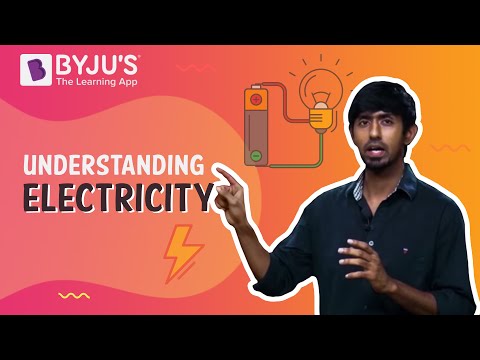One of the important and commonly used transformers is the power transformer. It is widely used to step up and step down voltages at the electrical power generating station and distribution station, respectively.
| Table of Contents |
Why do we use Power Transformers in the Electrical Power System?
There are many reasons for using a power transformer in electrical power systems. But one of the most important reasons for using power transformers is to reduce power loss during power transmission.
Let us see how power loss is reduced considerably by a power transformer:
The equation of the power loss is given by:
P = I2 R
In the equation, I is the current through the conductor and R is the resistance of the conductor.
From the equation, we can conclude that the power loss is directly proportional to the square of the current flowing through the conductor. Hence, lower the magnitude of the current flowing through the conductor lesser the power loss.
To better understand the above theory, let us consider the following example:
- Consider an initial voltage of 100 V and a load current of 5 A and the delivered power to be 500 W. In this case, the transmission line has to carry a current of magnitude 5 A from the source to the load. If we step up the voltage to 1000 V at the initial stage then the transmission lines only have to carry a current of 0.5 A to deliver the same power of 500 watt.
- The voltage is stepped up at the start of the transmission line using a power transformer and the voltage is stepped down using another power transformer at the end of the transmission line.
- This setup allows the reduction of the magnitude of the current to be travelled over a distance of 100+ kilometers drastically.
Construction of Power Transformers
The power transformer design, types, and accessories are dependent upon its size, application, and location. Following are the basic parts needed for the construction of power transformers:
- Steel Tank (Body)
- Core
- Coil Winding
- Conservator
- Breather
- Thermometer
- Vent Pipe
- Valves
- Buchholz Relay
- Tap Changing Switch
Features of Power Transformer
| Rated Power | 3 MVA to 200 MVA |
| Typical Primary Voltages | 11, 22, 33, 66, 90, 132, 220 kV |
| Typical Secondary Voltages | 3.3, 6.6, 11, 33, 66, 132 kV |
| Phases | Single or three-phase transformers |
| Rated Frequency | 50 or 60 Hz |
| Cooling Type | Oil Forced Air Forced Cooling |
| Installations | Outdoor or Indoor |
| Tapping | On-load or off-load tap changers |
Applications of Power Transformer
- Power transformers used in electric power generation and distribution
- Used for reducing power losses during electric power transmission
- They are preferred in cases where the load is required to run at full capacity 24×7.
- It is used in high voltage step-up and step-down.
Stay Tuned to BYJU’S and FALL IN LOVE WITH LEARNING!
Since you are here, you might be interested in the following articles:
This video will help you understand electricity in just 5 minutes!

Frequently Asked Questions – FAQs
What are the types of transformers?
What are power transformers?
Power transformers are electrical instruments used in transmitting electrical power from one circuit to another without changing the frequency.


Comments